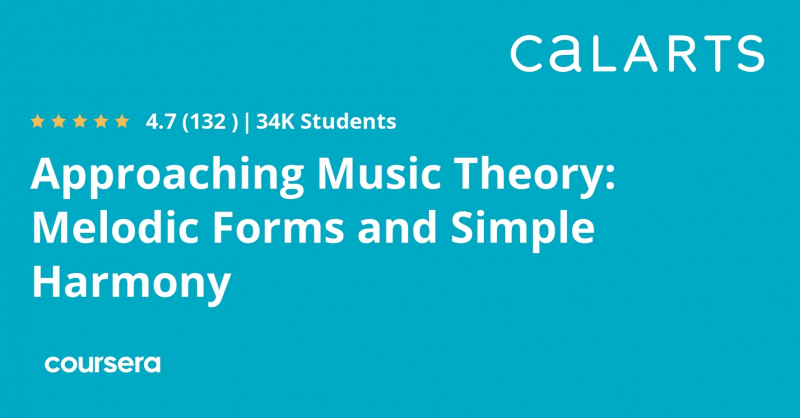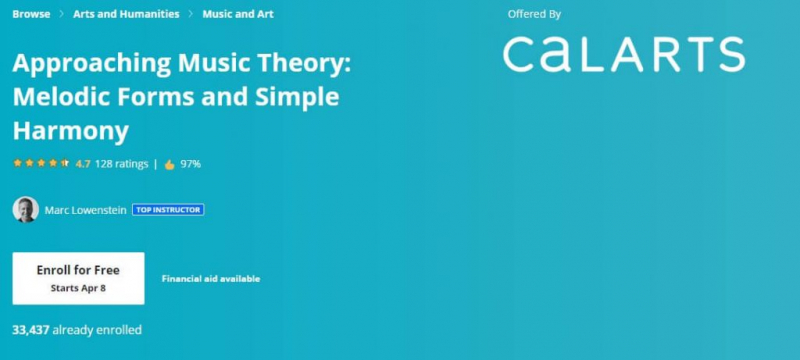Approaching Music Theory: Melodic Forms and Simple Harmony

This course explains how music works. It is concerned with the relationship between musical technical and aesthetic details. It also discusses how developing a meaningful theoretical vocabulary can help you think and talk about musical style, as well as how learning that vocabulary can broaden your appreciation for music. In this course, you will learn music theory by listening to, looking at, and, yes, writing your own musical examples, rather than by studying theory. You will learn about classical, modern, ancient, pop, jazz, and folk styles by hearing, seeing, and writing for yourself.
Through lectures, relevant examples, and numerous practice assignments, we will examine fundamental aspects of melody. They will move into working with two voices and counterpoint, and finally to three voices and the beginnings of harmonic function. This is an intermediate-level course for musicians and composers who already have some understanding of music theory through previous study. If you are a musician or composer looking to build a deeper understanding of music theory for composing, performing, or improvisation, you have come to the right place. If you are an amateur lover of music or, perhaps, play a musical instrument and want to develop a deeper sense of appreciation for music theory, aesthetics, and history, you are also in the right place!
What you will learn:
- Analyze the relationship between the technical details and aesthetics of music.
- Explore how culture, psychology, physics, formal context, and a sense of play all shape musical language.
- Discover ways in which music theory may be relevant to enjoying, communicating a love for, and performing music.
- Demonstrate confidence in the kind of musical self-analysis that can help you develop your own musical ideas.
Informations about course:
- Flexible deadlines: Reset deadlines based on your availability.
- Shareable certificate: Get a Certificate when you complete
- 100% online: Start now and learn when it's convenient for you.
- Approx. 10 p.m. to finish
- Subtitles: Arabic, French, Portuguese (European), Italian, Vietnamese, German, Russian, English, Spanish
Rating: 4.7/5.0
Enroll here: coursera.org/learn/melodic-forms-simple-harmony











